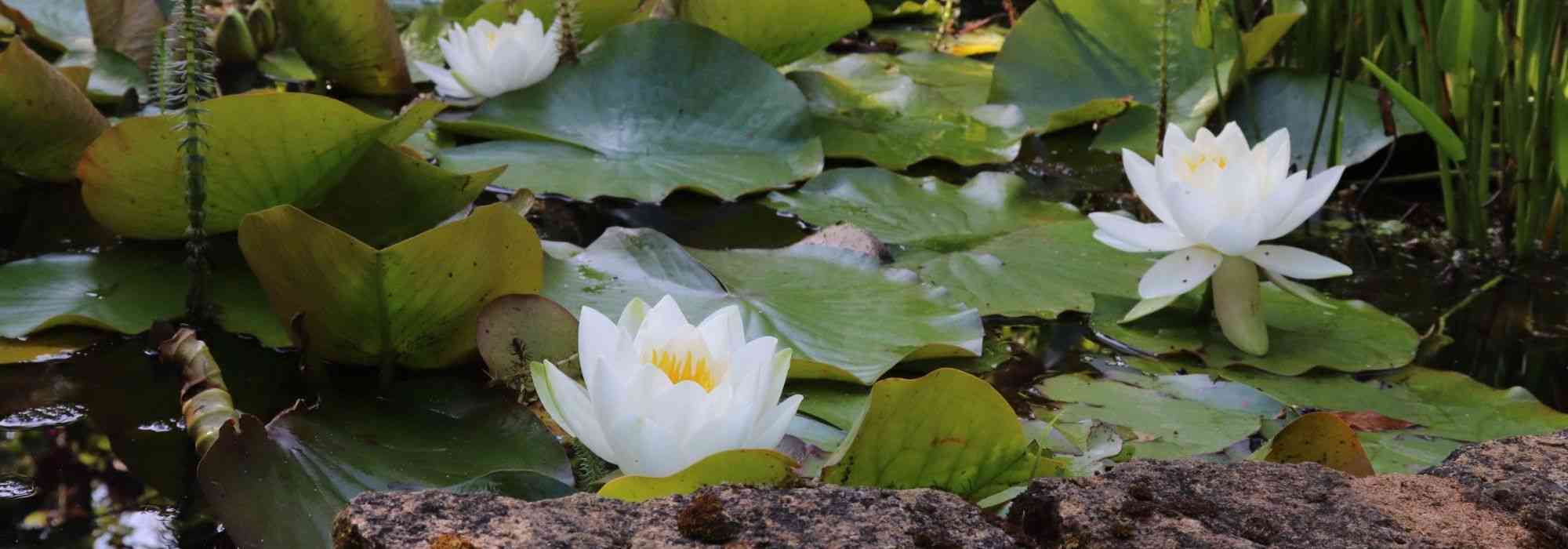
Where and how to install plants in and around a pond?
Every plant has its place
Contents
Aquatic or semi-aquatic flora is very rich, even in our latitudes. But all these plants live in different mediums and, consequently, have different needs.
Indeed, some must be completely submerged, while others tolerate only a little water at their feet. A pond or a basin is ultimately a semi-natural wet medium in miniature. The most patient can always dig the pond and wait for the plants to colonise naturally, in which case the plants will grow in the places that suit them best.
Nevertheless, it is always more satisfying to achieve a quick result by planting the pond oneself. Yes, but once the plants are purchased, where and how should aquatic and semi-aquatic plants be installed? Here are our explanations and tips!
The typical profile of a natural pond
A natural pond is not just a simple hole. To do it right, you will need to dig a part that is deep enough for the submerged plants and to maintain an area with a stable temperature. On one side, the slope can be steep, but on the other, it will be gentle, where the semi-aquatic plants will be planted. The bank plants will cover the entire perimeter.
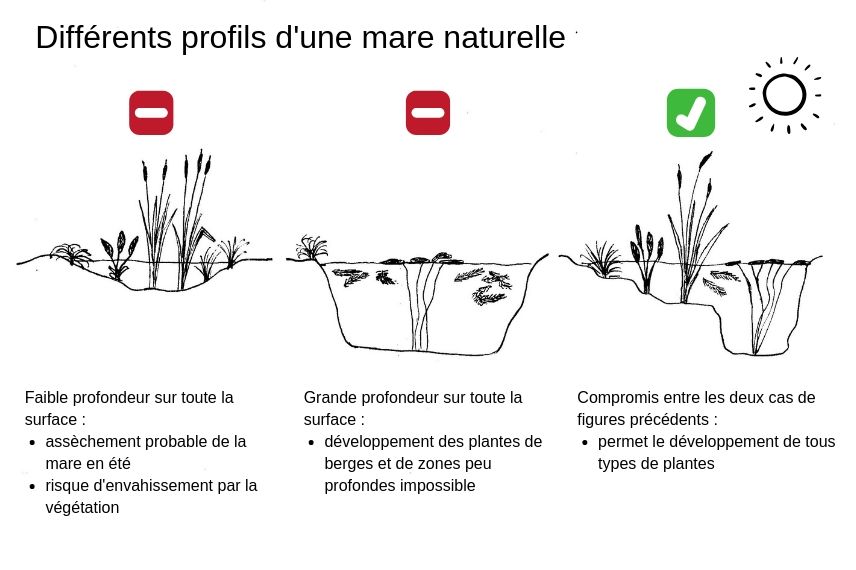 This arrangement allows for the creation of different environments for the plants as well as for the animals, providing them with various refugia to live peacefully.
This arrangement allows for the creation of different environments for the plants as well as for the animals, providing them with various refugia to live peacefully.
It is easy to get a bit “loose” with plant purchases in the excitement of a new element in the garden. This is normal; it happens to us all! However, it is important to keep in mind that “the best is the enemy of the good“: therefore, at least initially, we should favour a few plants and a fairly limited list of species, especially for submerged, floating, and semi-aquatic plants.
Link to article “How to create a pond in your garden?”
Link to article “How to choose the right plants for your pond or basin?”
Read also
10 aquatic plants, submerged or floatingThe specific case of planting plants in baskets
Planting submerged or semi-submerged plants in baskets is the most practical solution.
To do this:
- Moisten the newly acquired pot or pot and then remove the plant;
- Prepare a mixture of heavy clay soil with some compost, sand, and gravel. You can also opt for a commercial “special pond plants” substrate. For your information, the gravel will help to weigh down the substrate a bit;
- Re-pot the young plant in a basket and fill it with the substrate;
- Firm the surface well;
- Gently submerge the basket in a shallow part of the pond or water feature: this will ensure the root ball is well moistened and the plant will not suffer thermal shock;
- After two or three days, you can place the plant in its final position.
The advantages of planting in baskets are numerous:
- Ease of placement
- Ease of moving plants to change the decor or to winter the less hardy ones
- Choice of a “perfect” substrate
- Reduction of the concern about potential overgrowth, especially in the case of oxygenating plants
- Fewer issues with degradation of the waterproofing layer.
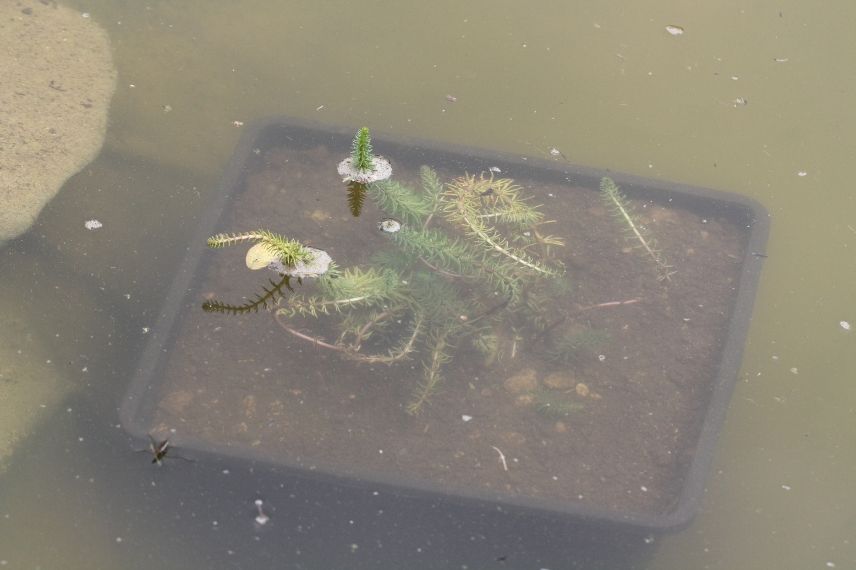
Water lettuce installed in a basket
Discover other Aquatic plants
View all →Available in 0 sizes
Available in 2 sizes
Available in 3 sizes
Available in 1 sizes
Available in 1 sizes
Available in 1 sizes
Available in 1 sizes
Available in 1 sizes
Available in 1 sizes
Oxygenating submerged plants
These plants will be planted in a water feature to, among other benefits, oxygenate the water and make it clearer.
They are installed in the centre of the pond in the water, in the deepest area.
How to plant them? Although, in nature, these plants root directly in the bottom of the water, it is best to submerge them directly in their small baskets, weighted down with stones for example. The suitable substrate should contain a good concentration of clay, a heavy soil that will not escape from the basket. Keeping the oxygenating plants in baskets allows for easier placement and also helps manage potential overgrowth, as these are plants that often grow very quickly.
Planting should take place from May to June and always 4 to 6 weeks after filling the new pond or water feature, as there needs to be enough CO2 in the water.
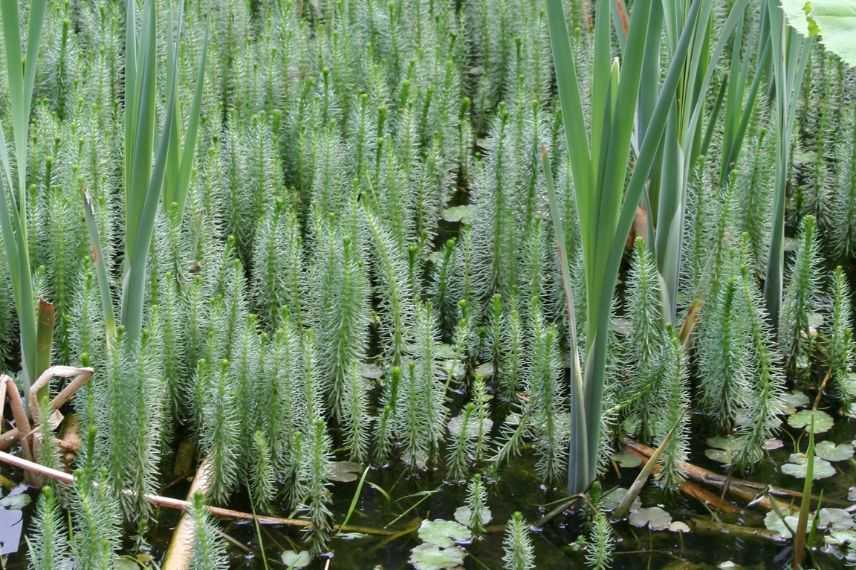
Example of an oxygenating plant: Water buttercup (Hippuris vulgaris)
→ Link to advice sheet: “8 oxygenating plants for your pond or water feature”.
Floating plants
These aquatic plants float on water thanks to air-filled leaves. Some are rooted at the bottom of the water, while others actually float on the surface and can move with the current.
These plants settle in the centre of the water, where the pond is deepest.
How to plant them? They are very easy to “plant” as you simply place them on the water’s surface; their air-filled leaves allow them to float while the roots descend into the water. Water lilies and Nymphaea are anchored at the bottom of the water: you will need to plant the rootstock or place the containing basket at the bottom of the water, and secure it with stones or mesh to prevent it from rising. For the other plants, which will remain on the surface, the roots do not venture far below the water’s surface (this is the case for duckweed or water chestnuts, for example), you simply need to place them on the water’s surface.
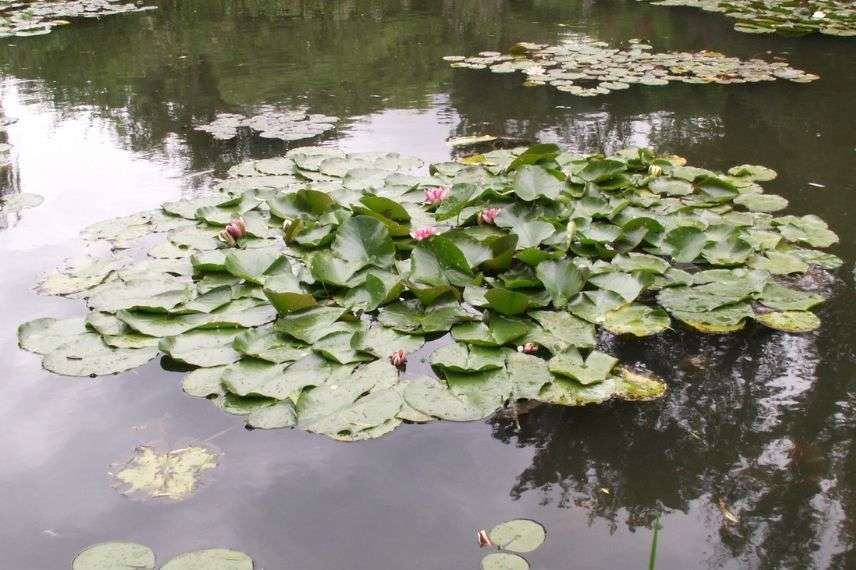 Example of a floating plant: Water Lilies
Example of a floating plant: Water Lilies
Semi-aquatic plants
Semi-aquatic young plants settle in the shallower parts of the pond, on the gentle slope.
How to plant them?: You can simply place them in their small baskets or plant them directly if you have enough substrate in the water on the various levels (which is rare…). However, be careful, as the strong roots of these plants can sometimes damage the waterproofing liner.
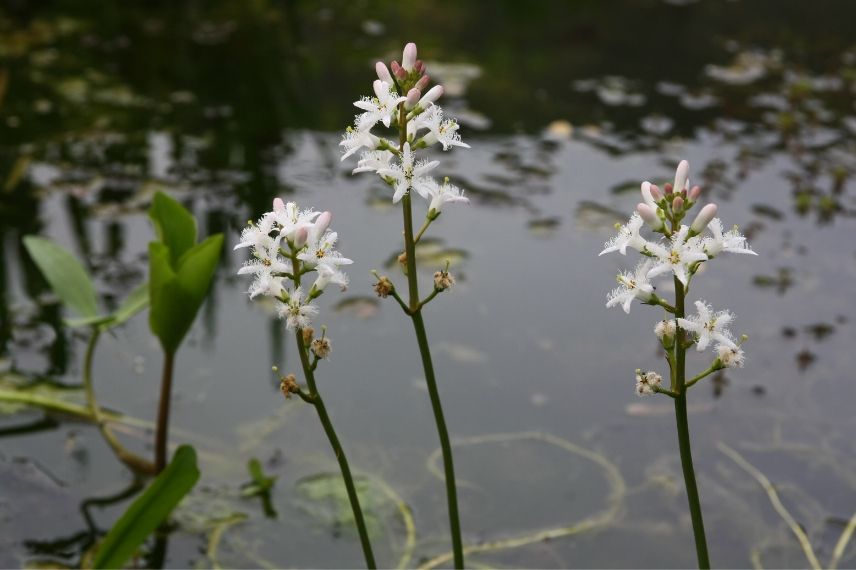
Example of a semi-aquatic plant: Water clover or Menyanthes trifoliata
Marginal plants
Marginal plants are planted on the edges of the pond, where the soil removed during excavation has been replaced.
How to plant them?
On the banks, the ground is often damp to marshy. Many perennials thrive in this type of terrain and can be planted directly in the soil around the pond and on the soil removed during the creation of the pond or basin, which you will have previously replaced around the water.
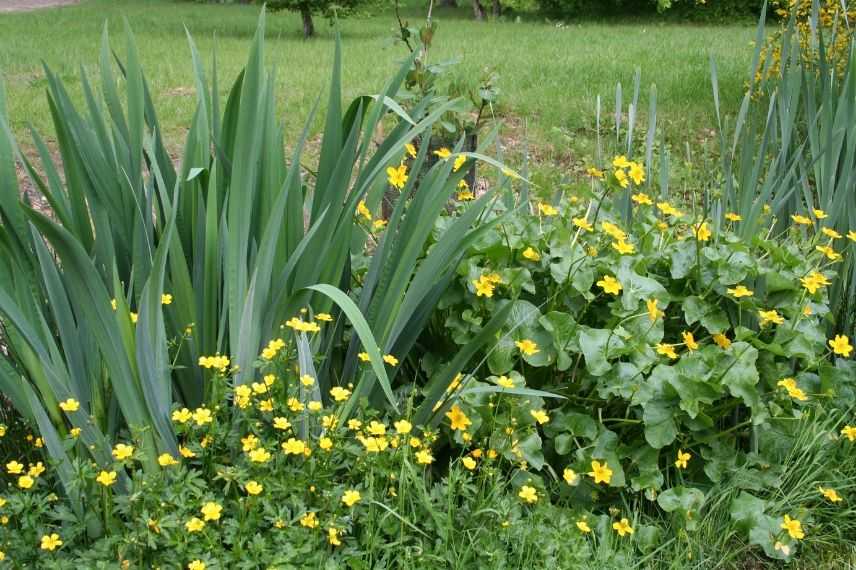
Examples of marginal plants: Marsh Marigold (Caltha palustris) and Yellow Flag Iris (Iris pseudacorus)
→ Find all our wetland perennials at our nursery.
- Subscribe!
- Contents
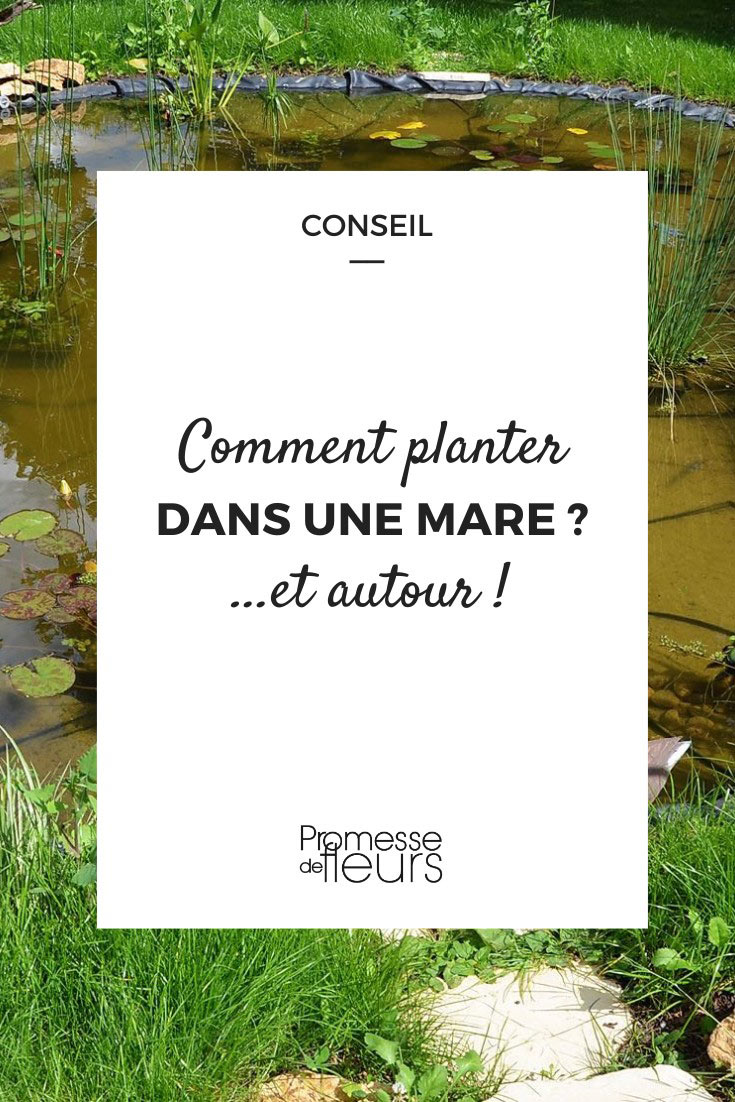































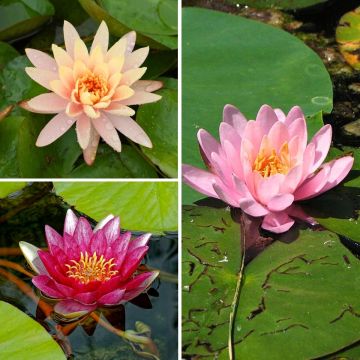
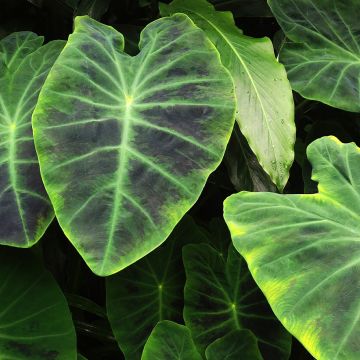
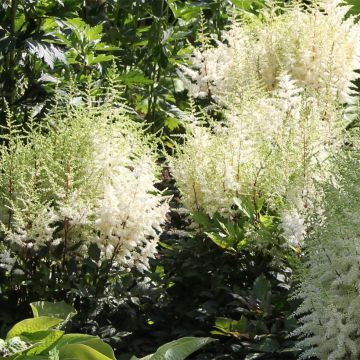
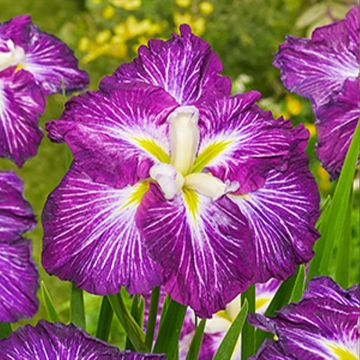

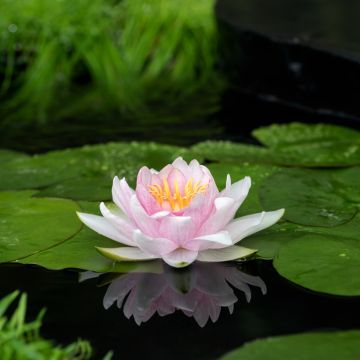
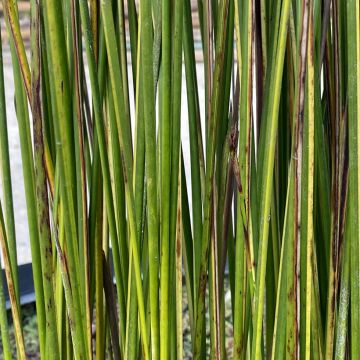
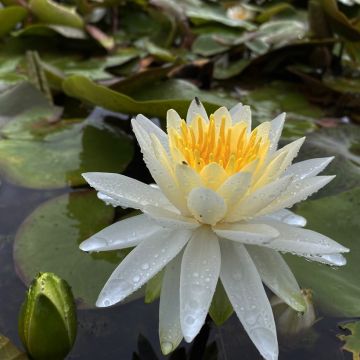
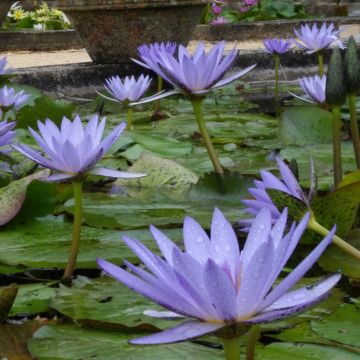
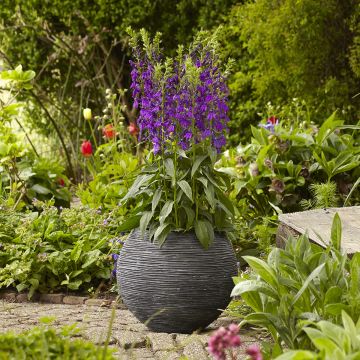
Comments